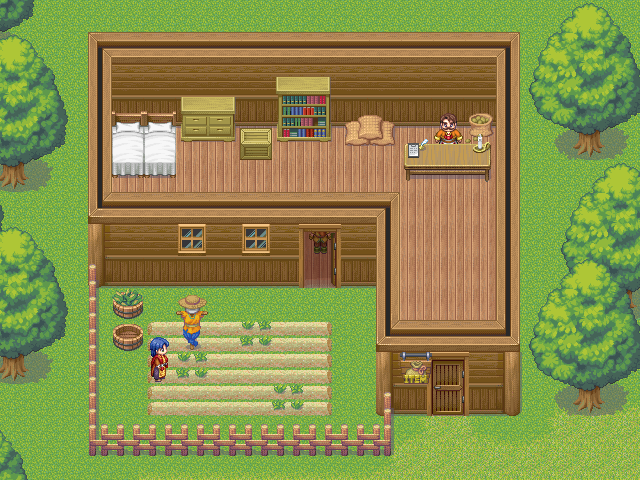Thank you for your advice all, I think I am going with the majority view here and keeping the invisible roofs unless it is a large important area.
Nyaanyaa- I don't necessarily take advice from these forums if it conflicts with my vision. I mostly ask questions here to see if there has been some aspect I have totally neglected to consider due to my inexperience. For example, in this exchange I realized I had not considered the particular problem of space (with no transitions as Roots mentioned) that the buildings would have to have an exactly matching footprint for the interior and exterior, whereas with a transition to a different physical space the houses could be smaller on the outside. I hadn't factored that into my decision-making until this talk, so all little questions have value.
Fortunately my game communities will suffer from quite a lot of poverty, so the homes will be small inside and outside, (not much of a middle class).
I do like Servant of The Lord's blended design, but it would likely be just outside of my experience to implement elegantly at this point. Another reason I like asking questions here; I always get ideas that may not work for me now, but are worth holding onto for the future.
The problem of basements and second floors will be a tough one though, I'll hit it head-on and be back when I find an obstacle!

















